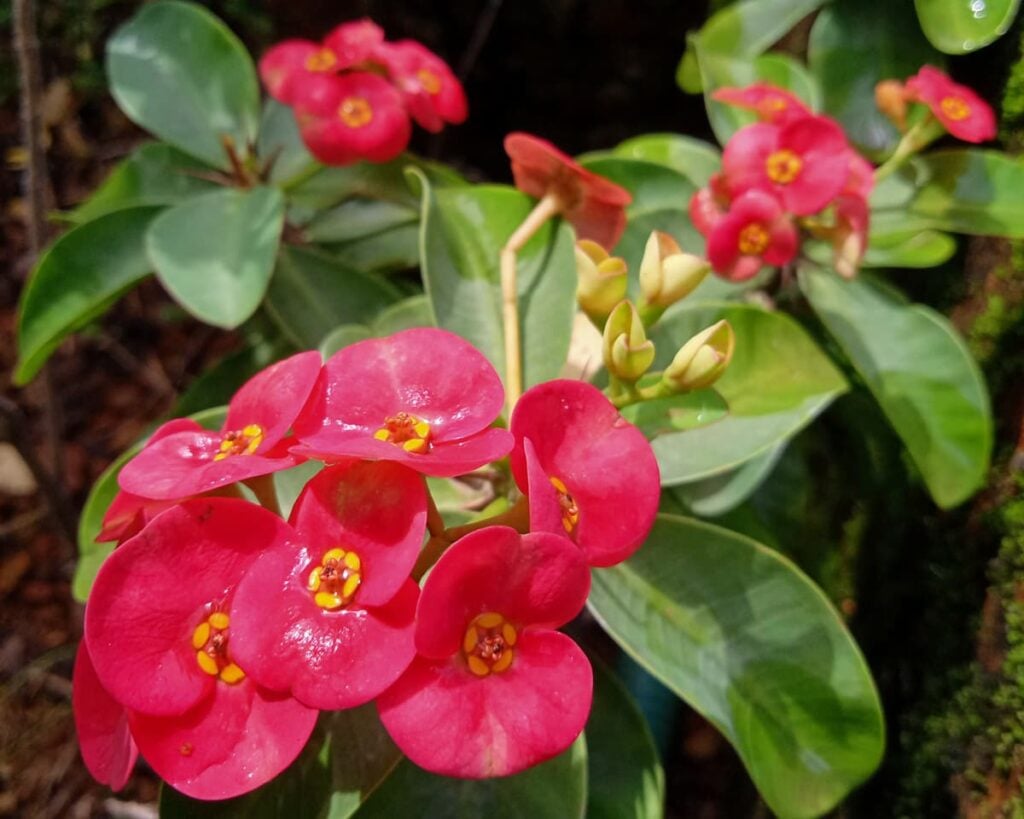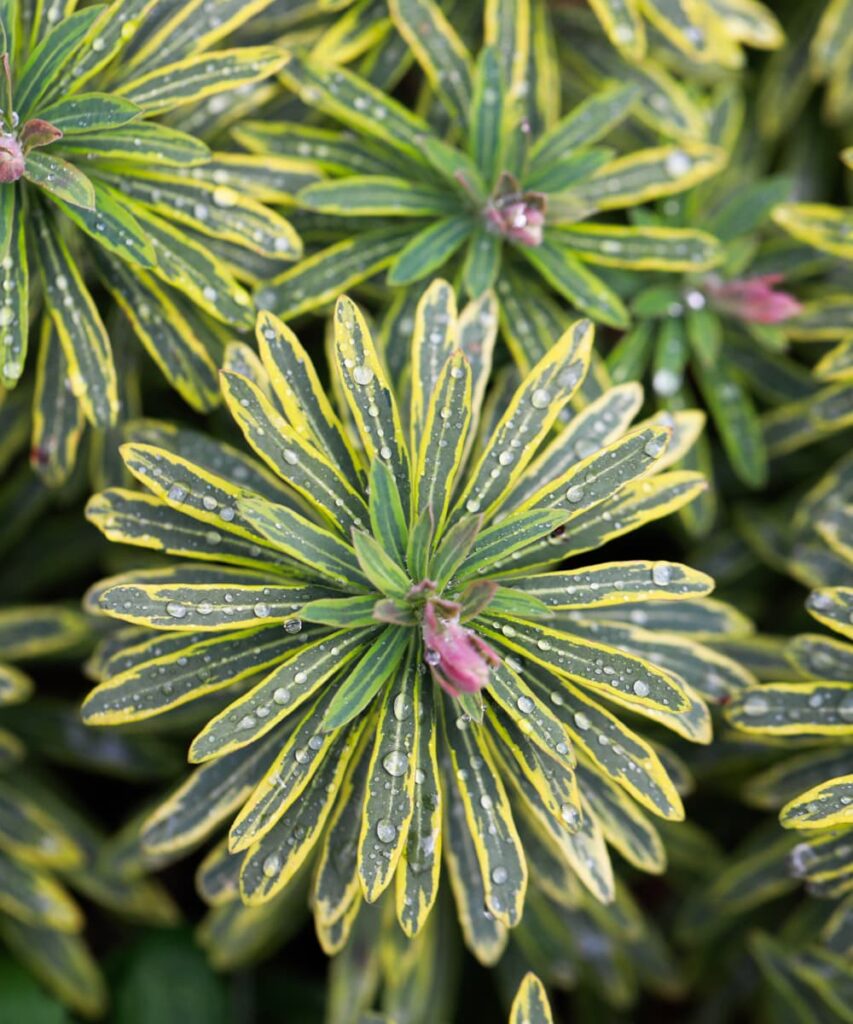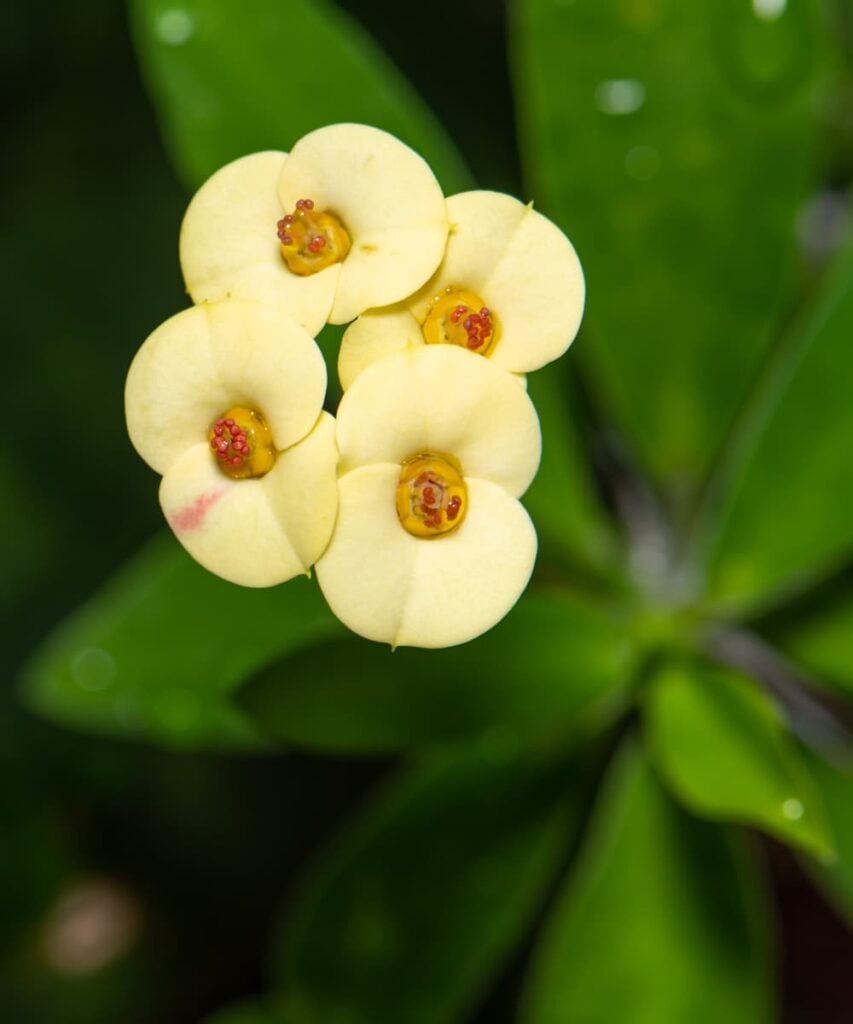Everything You Need to Know about Euphorbia Care
Euphorbia is a very large species of plants. About 1,200 of them are succulents, some with bizarre shapes and wide, fleshy leaves and others that look remarkably like cacti, complete with spines. There are many varieties of Euphorbia plants, with fascinating forms that range from shrubs, herbs, or cactus-like specimens. Growing Euphorbias is easy and some are hardy in temperate climates. Most varieties of Euphorbia plants produce weird and unusual flowers. Check out our Euphorbia collection.

Euphorbia Care
Euphorbias are very easy to care for. They require a little pampering to become established, but once they are these plants are quite self-sufficient. In fact, more die from too much care, especially overwatering, than from neglect. However, they are fairly hardy and make great houseplants.
Light
Euphorbia plants prefer a spot in full sun, meaning at least six hours of direct sunlight on most days, though some species can tolerate part shade. In hot climates, some afternoon shade can be helpful for most species. From spring to fall, the Euphorbia should be placed on the balcony or in the garden. Ideally, the sun exposure should be adjusted gradually to prevent sunburn.
Soil
All Euphorbias, especially the succulent varieties, need well-draining soil. A sandy soil with a slightly acidic to neutral soil pH is best, though most will do fine in slightly alkaline soil as well. When grown in containers, Euphorbia should be planted in a cactus/succulent potting mix.
Water
Euphorbias are drought survivors. But that doesn’t mean they do not need water! Water whenever the top layer of soil seems to be dryer during the growing season that is from spring to fall. During winter, reduce watering to only when the plant shows signs of wilt. The best time to water Euphorbia during warm season is evening.

Temperature and Humidity
Most Euphorbias can tolerate hot temperatures and prefer a warm surrounding with average temperature of around 27°C. Some species can handle cold temperatures while others may thrive well in hotter temperatures.Humidity tolerance also varies. It’s important to have good ventilation around the plants if there is high humidity to prevent fungal disease.
Fertilizer
Feeding requirements vary by Euphorbia species, but in general all of the plants will benefit from some fertilizer. Adding compost or a balanced organic fertilizer to a new plant will help to promote healthy growth. Then, many Euphorbia species will do fine with a weak liquid fertilizer applied throughout the growing season. Container plants typically need more feeding than ones grown in the ground. And a plant that develops yellowing leaves at the bottom is one that’s in need of feeding.

Common Problems
- Symptom: Stem rot
Cause: Damaged plant. - Symptom: Root rot
Cause: Clogged water, over-watering. - Symptom: Leaf spots
Cause: Fungus (Fusarium).
Euphorbia is a very large genus of plants with more than 2,000 species.The species of Euphorbia grown for landscape use or as houseplants are mostly succulents, which feature fascinating shapes and foliage, but a few are known for their flowers.
Euphorbias are very easy to care for. They require a little pampering to become established, but once they are these plants are quite self-sufficient. In fact, more die from too much care, especially overwatering, than from neglect. However, they are fairly hardy and make great plants.
Euphorbia care reference: TheSpruce
